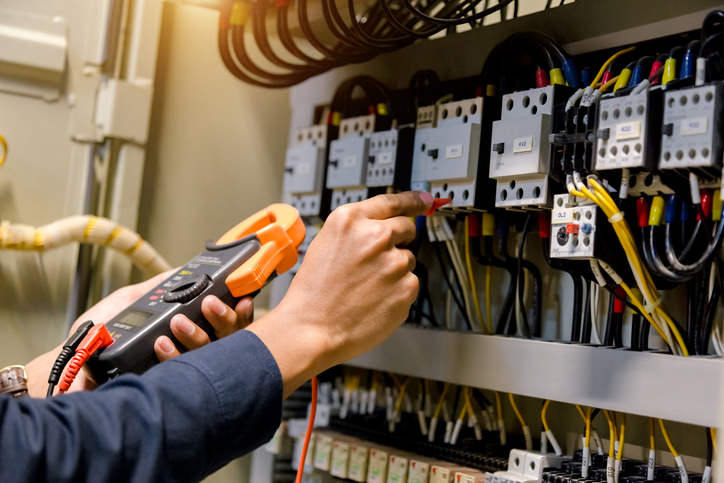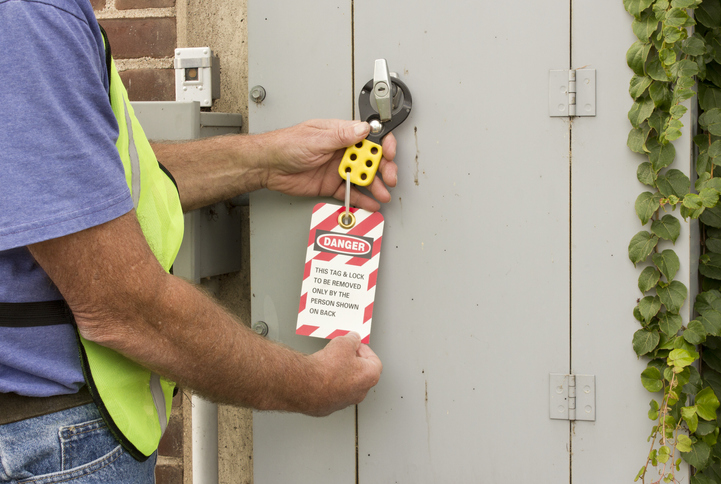5 Electrical Hazards to Watch Out for when Earning an Electrician Diploma
July 12, 2022
If you’re interested in problem-solving and using your hands in a fast-paced career, you might consider becoming an electrician. In addition to flexible schedules, Job Bank Canada forecasts that close to 25,000 new job openings will become available between 2019-2028 in Canada alone.
North American Trades Schools provides electrician certification for residential, commercial and industrial levels, preparing you with the knowledge and hands-on training to feel confident and safe at the workplace. As a student in electrician school, familiarizing yourself with safety practices and common hazards will help you to stay safe throughout your training and future career.
Keep reading to learn about five common electrical hazards and how to prevent them so you can improve your safety while earning your electrician diploma.
1. Wearing Personal Protective Equipment Is Essential When Earning Your Electrician Diploma
Electrocution, electric shock, burns and falls are all common injuries that an electrician must be hyper aware of avoiding. During your electrician training, you’ll learn that the first preventative measure that you can take is equipping yourself with the appropriate Personal Protective Equipment (PPE).
There are many different types of PPE you can protect yourself with, depending on the scope of the job. Insulated gloves, matting, and ladders can provide a protective layer eliminating a pathway for electricity to travel through the body. Face shields, non-metal helmets and flame retardant clothing can also add extra protection. Additionally, you should always inspect your PPE before use, and be sure to safely store it after completing a job.

2. Beware of Improper Grounding and Unwanted Voltage
Grounding is the method of connecting an isolated conductor to a ground, preventing unwanted transmission and voltage. When an electrical system is not appropriately grounded it can create voltage that cannot be eliminated safely, as the exposed parts of a system can become energized and cause electrocution. This can include the metal parts of motors, appliances or electronics that are plugged in.
To prevent electrical hazards, equipment must always be properly grounded. Using a Ground Fault Circuit Interrupter (GFCI) is a recommended safety measure that can safeguard you from improper grounding when working with electric systems. If a ground fault is detected in a circuit protected by a GFCI, it automatically stops the current, protecting you from electrocution.
3. Following Lockout and Tagout (LOTO) Procedures Keep You Safe
During your electrician certification, you’ll learn about using the LOTO method to control hazardous energy and prevent the accidental use of equipment while it is unsafe, being inspected, or being worked on.
Lockout and Tagout ensures that equipment is appropriately shut off and unable to be restarted prior to the completion of any work being done. When the power sources are off, they are locked with a tag attached identifying the reason the LOTO is there. The worker that places the LOTO is the only one with the key, ensuring that it is not accidentally started by anyone else.

4. Working in a Wet Environment Increases the Chance of Electrocution
From spilled water near an electrical outlet to leaks from plumbing issues, electricity and water are always a dangerous combination, together increasing the chances of electrocution. It’s important to keep tools, equipment and wires away from damp and wet areas, especially if equipment has any damages to its insulation. Wear and tear can make it easier for water to make contact with the conductors, leading to electrocution. As with improper grounding, protecting circuits with a GFCI ensures that if electrical shock occurs due to these conditions, the current will immediately be stopped.
5. Overloaded Power Strips and Outlets Are a Common Hazard
One of the most common electrical hazards in many homes and businesses are overloaded power strips and outlets. Outlets are designed for a limited amount of electricity output. Plugging in an excess of high-voltage devices can overload a power strip, increasing the chances of an electrical fire. Choosing power strips with surge protection will help to reduce the risk of fire, as the breaker stops the current if it gets overloaded. However, when working with heavy electric equipment as an electrician, you cannot rely on common surge protectors and power strips. Instead, a safer alternative is a three-way extension with GFCI for added protection.
With an extensive hands-on learning experience, as well proper safety techniques and leading practices, you will be fully prepared to identify and avoid common electrical hazards throughout your future career.
Are you interested in earning your electrician diploma?
Contact NATS to learn more!





